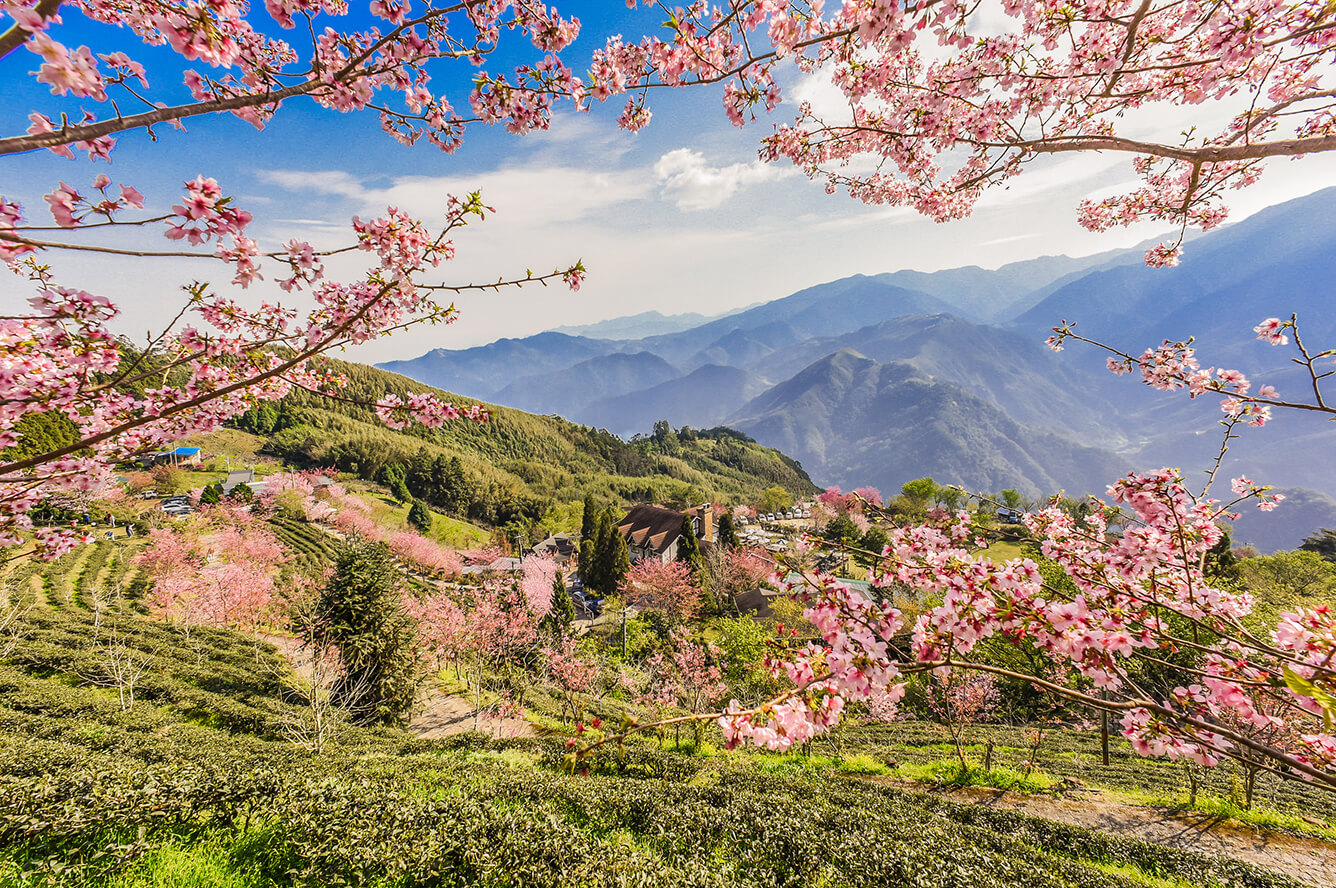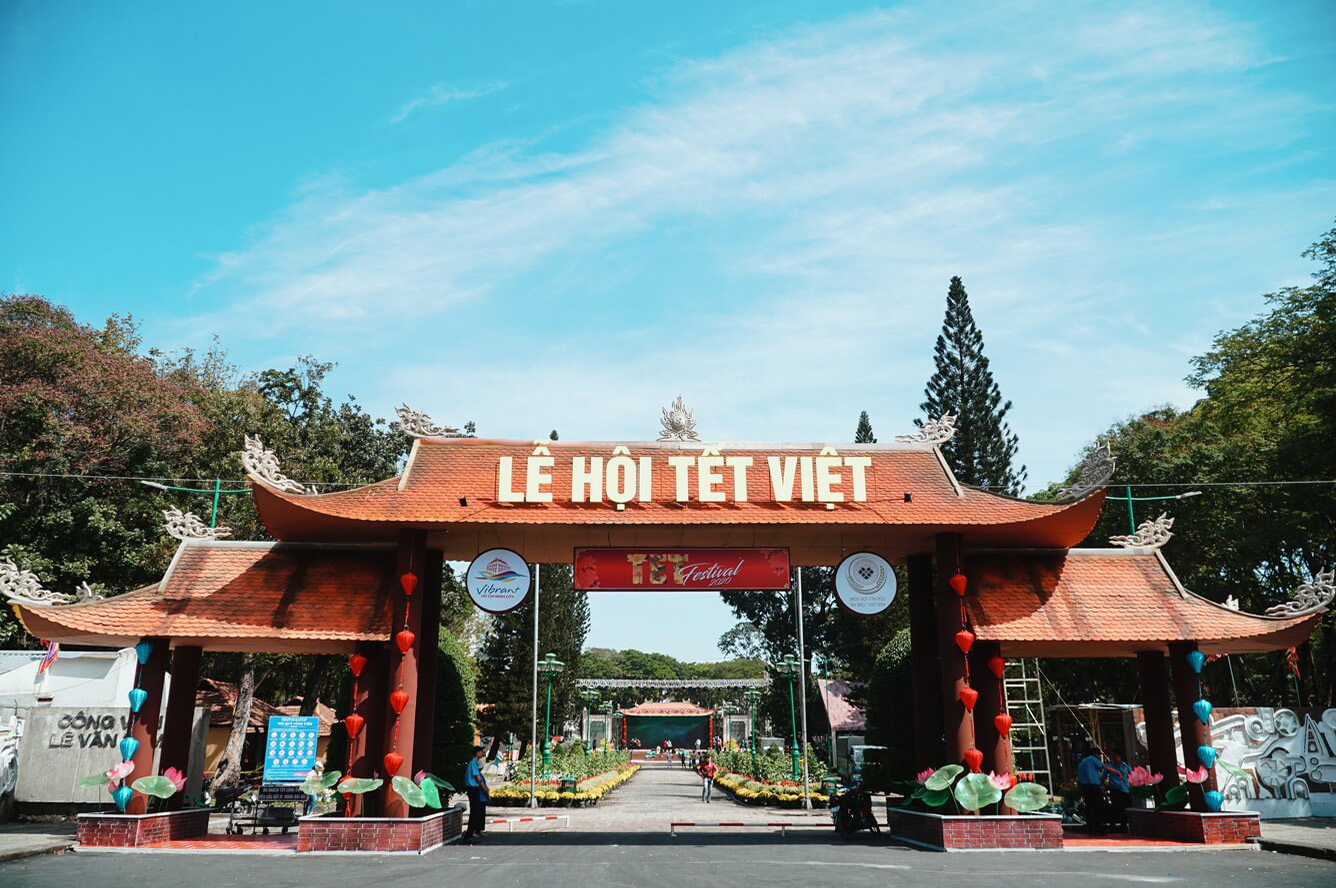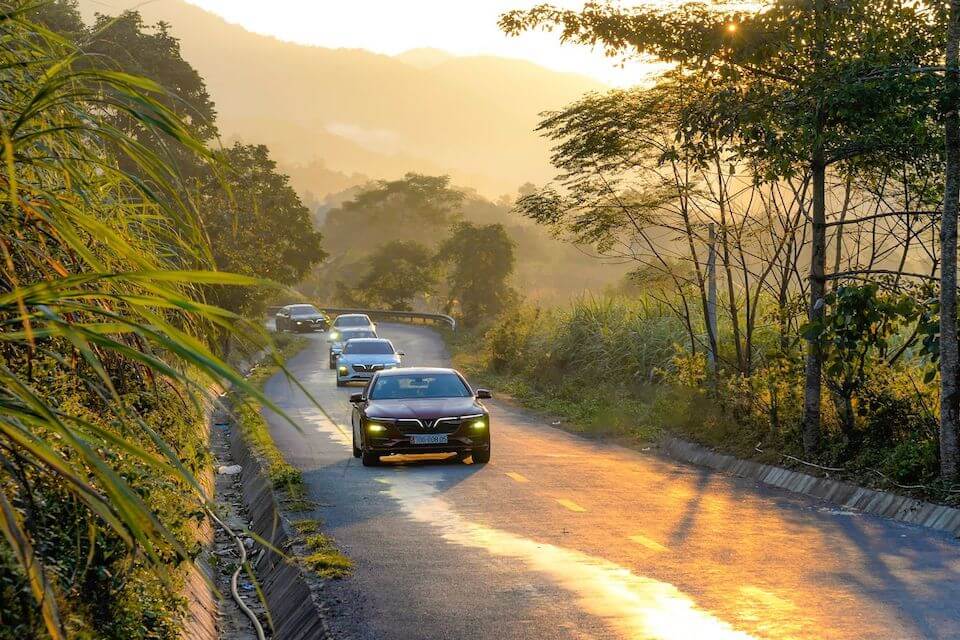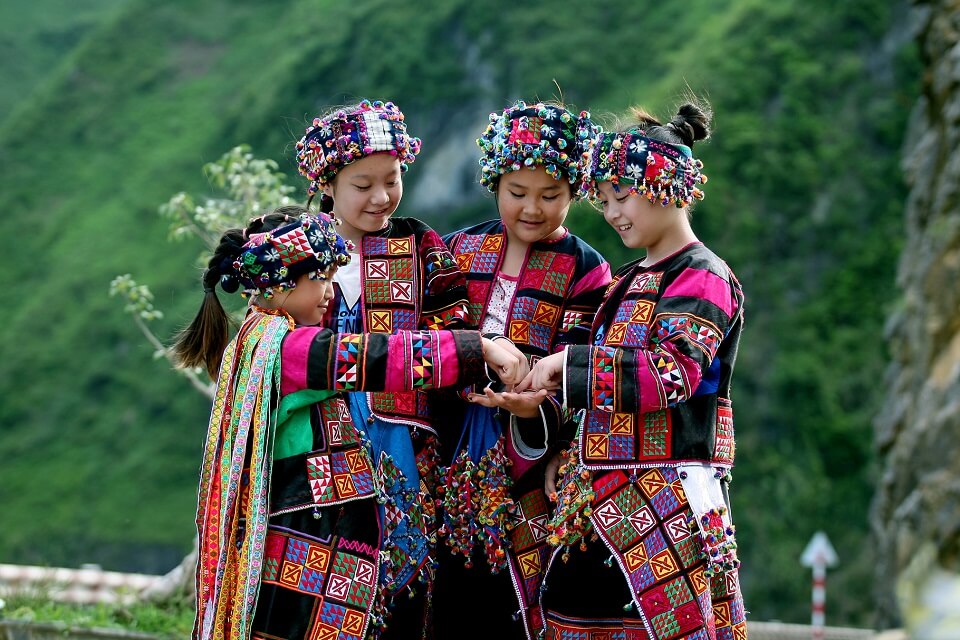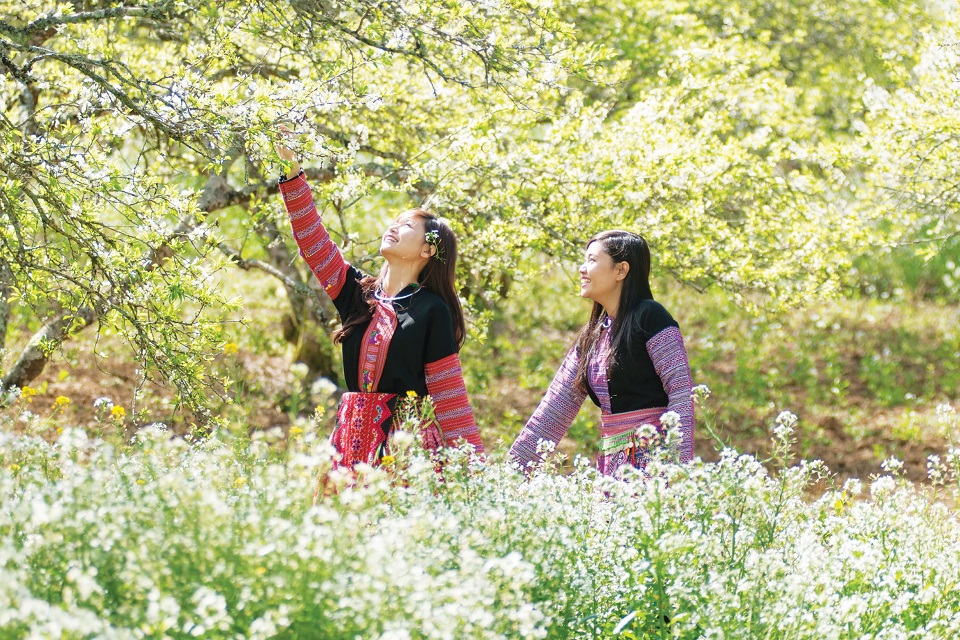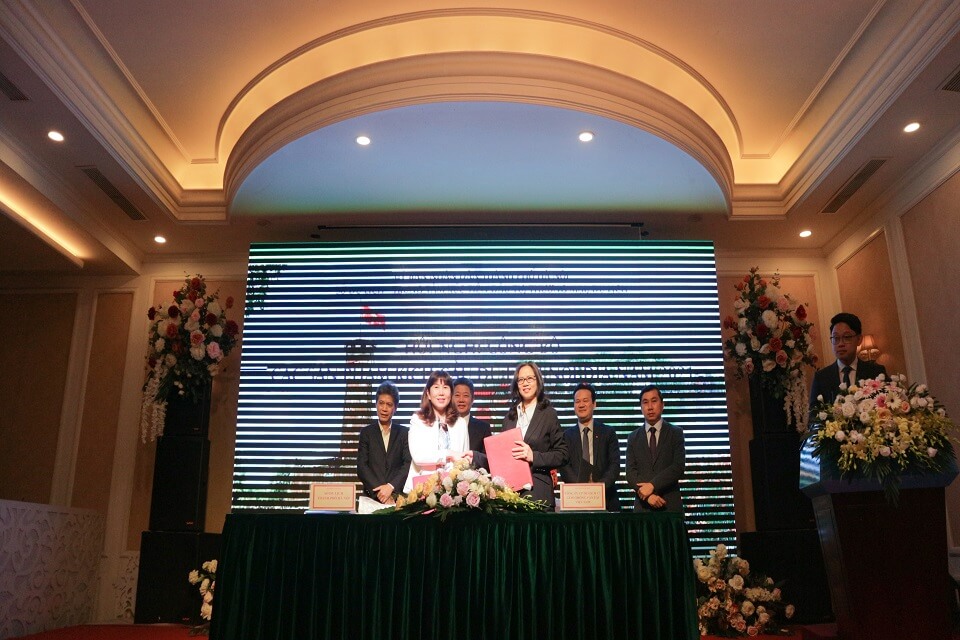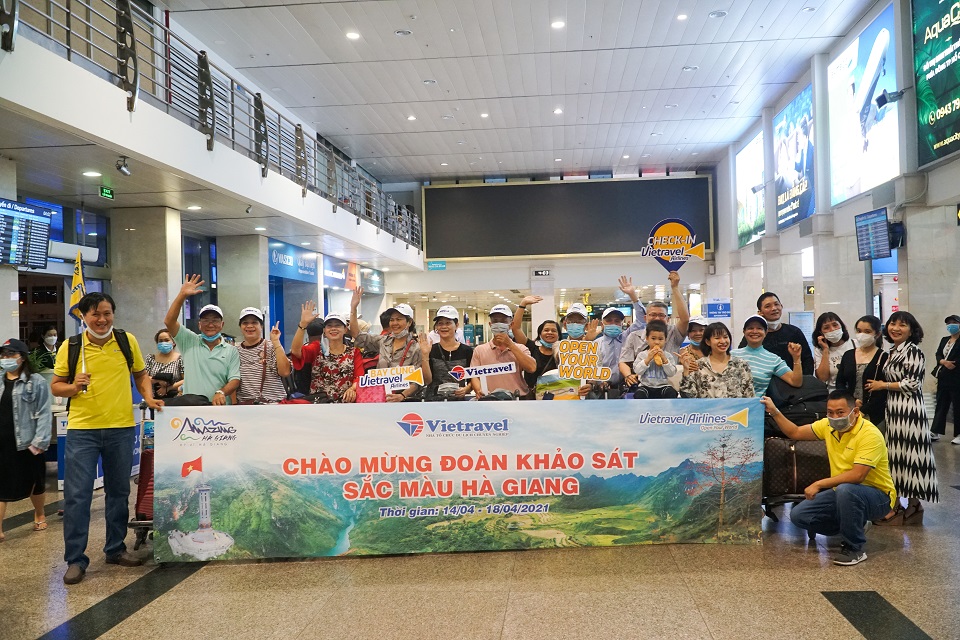How to soak up wellness in Wakayama's onsens
There’s nothing quite like bathing in the mineral-rich waters of an onsen when in Japan. For generations, people have flocked to these ancient hot springs to rejuvenate mind, body and spirit. One place in particular, Wakayama Prefecture, is a nature-lover's dream, and is an unspoilt place to try out one of the country’s best-loved pastimes.
The magic of onsen
Wakayama’s treasures
Local legend tells a tale of Yonomine’s Tsubo-yu onsen and how it once cured a famous samurai in need of healing. While we can’t clarify if that’s accurate, it's certainly true that the onsen offers plenty of rejuvenating qualities for the mind and body. Located in the middle of Yunomine, this Unesco World Heritage hot spring is inside a small wooden shack built on an island in the river. It can be used privately (holding up to two people) for 30 minutes at a time on a first-come-first-served basis, and admission includes entry to one of the baths at Yunomine Public Bathhouse, which you can visit afterwards.
Other highlights include Ryūjin Onsen, a historical hot spring settlement situated in the mountainous heart of the Kii Peninsula along the upper reaches of the Hidaka River; Watarase, an expansive complex in a forested valley that has rich sodium-chloride pools of varying temperatures, and Kawa-yu, where visitors can dig their own bath on the banks of the Oto River and take a dip in the massive Sennin-buro River Bath. Wakayama Prefecture has a dedicated website with a handy guide to some top onsen spots around the area.
Tips for the uninitiated
The first thing to note is Japan’s relationship with tattoos. Historically body art has been linked with untoward dealings, and even today many onsen do not permit entry to people with visible tattoos, but some places are tattoo-friendly, and will advertise themselves as such. There is also a new website launching that allows travellers to search for body-art permitting onsen.
Make sure you take a shower before entering an onsen. Facilities will usually be provided, and you'll see guests sitting on a stool and showering by using a bucket along with soap and water.
The majority of onsen will have separate areas for male and female bathers, or different times allocated for each. Likewise, most do not permit swimwear, but you’ll quickly get used to the freedom of bathing au naturel. Small hand towels can be used for modesty’s sake when getting in, but should be left out of the water. Some people place them on their heads while they bathe. Big towels are left back in the changing rooms. Drink some cold fresh water before and after bathing is recommended, as the hot temperatures can cause light-headedness. Aside from that, there’s nothing to do but relax and enjoy the therapeutic hot waters!
Getting to Wakayama
Source JAMES GABRIEL MARTIN - Lonely Planet


Benefits from investment for overseas settlement
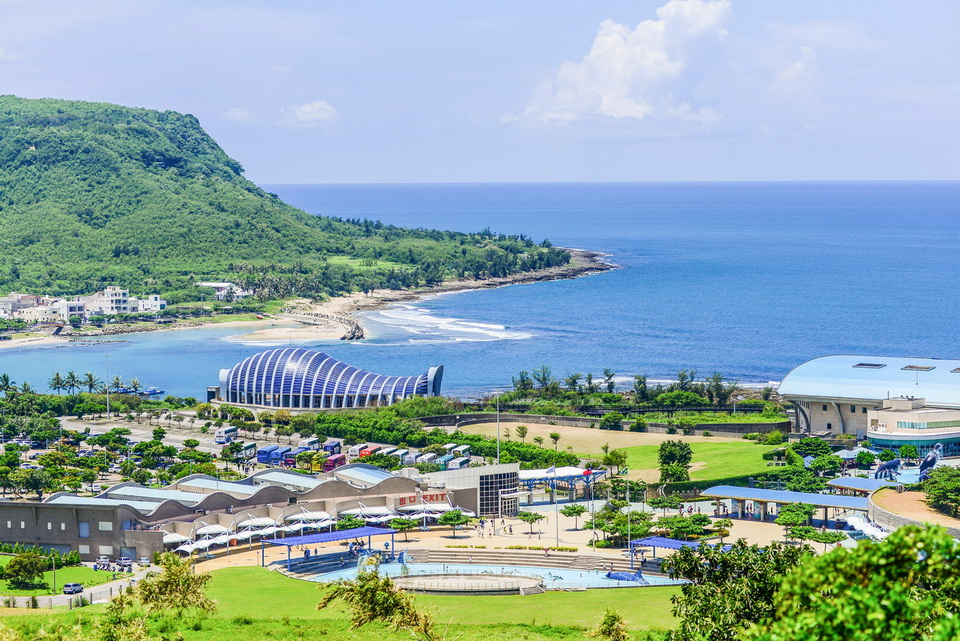
New experiences for travel in Taiwan

Exploring the ancient city of Bagan
Living a farmer’s life in Ibaraki Prefecture
Let’s live with farmers from the Hiroura Rural Experience Promotion Association in Ibaraki Town!
From cherry blossoms to nemophila, spring in Ibaraki is the season of flowers
Spring is the season of flowers blooming everywhere. This article would like to introduce the places ...
What's so special about experience tours in Ibaraki?
Ibaraki Prefecture is easy to reach from Haneda Airport or Narita Airport. It takes about 90 minutes ...
Where to see the most spectacular Cherry blossoms in this Spring
Spring is here, and so is the countdown to one of the most beautiful blooms of the year: Cherry blos ...
Tet and others spectacular festivals around the world in January 2020
In January 2020, Tet festival in Vietnam and others spectacular festivals around the world are color ...
The best Christmas drinks from around the world
Boozy, warming, and very indulgent – what more do you expect from a Christmas cocktail? Try one of t ...







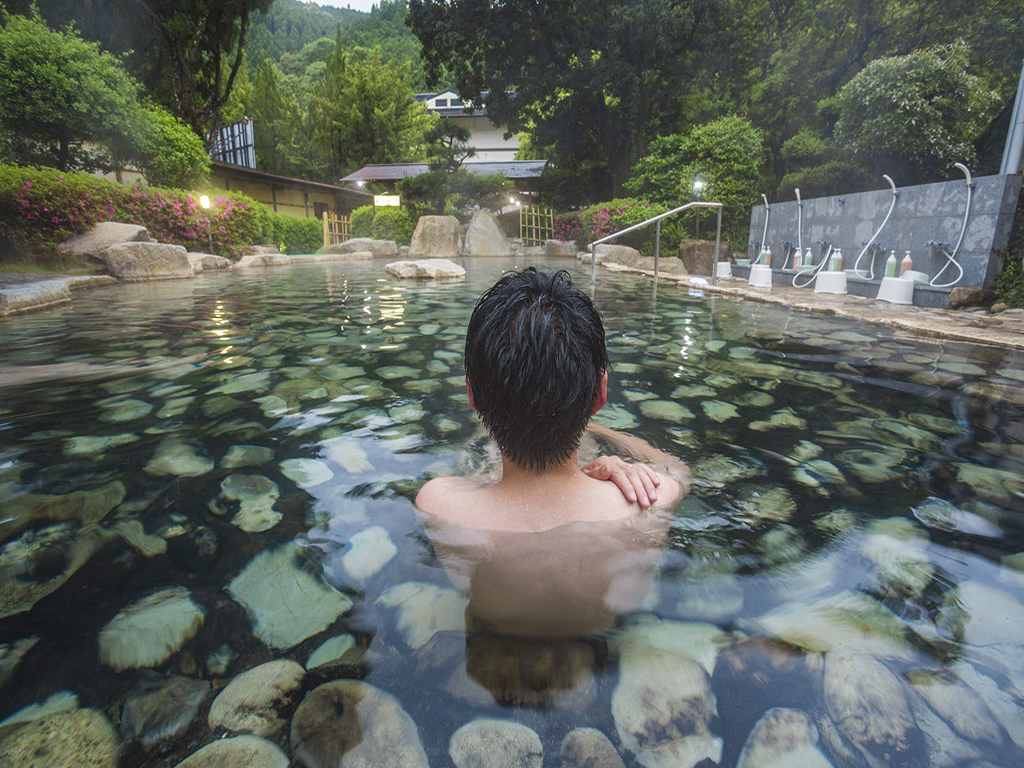
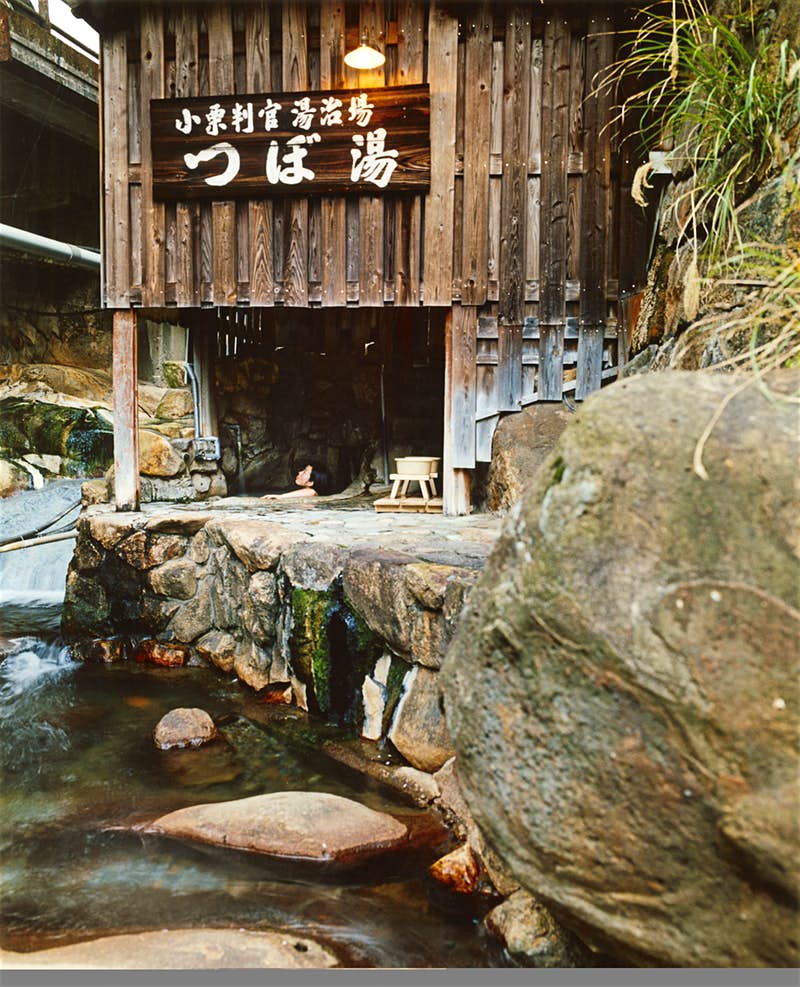

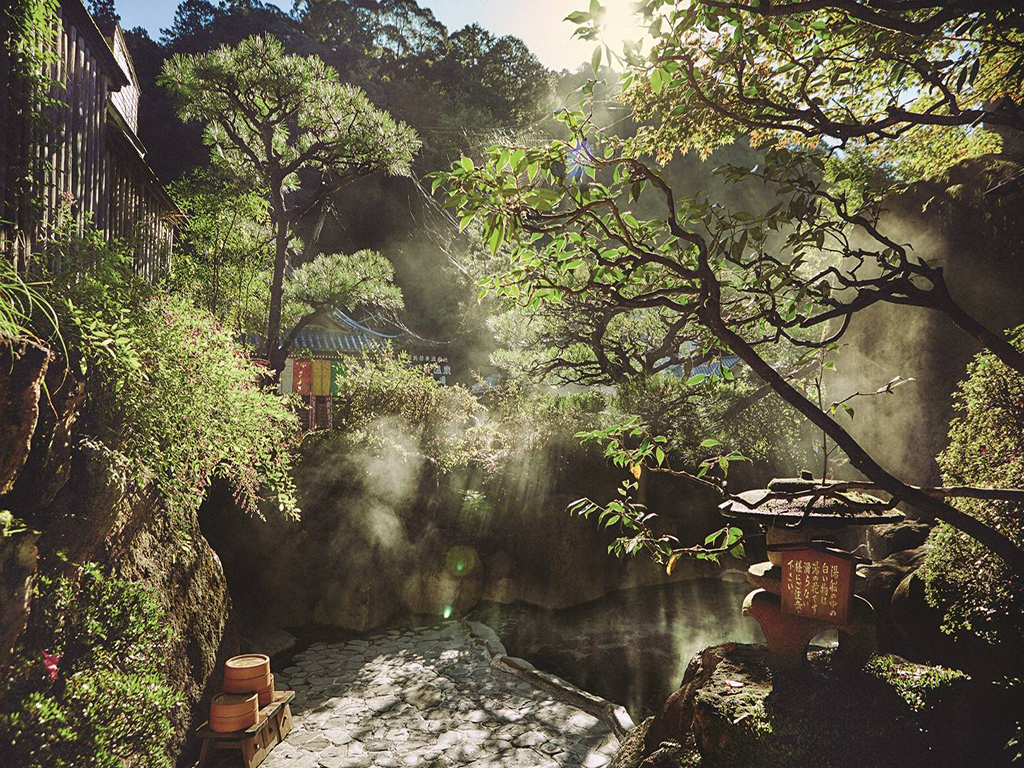

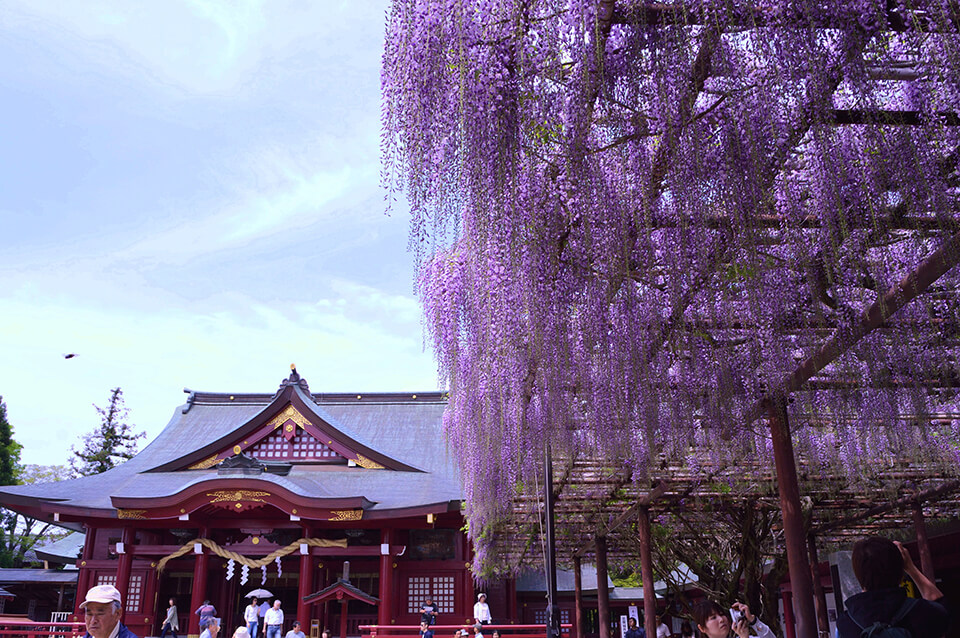
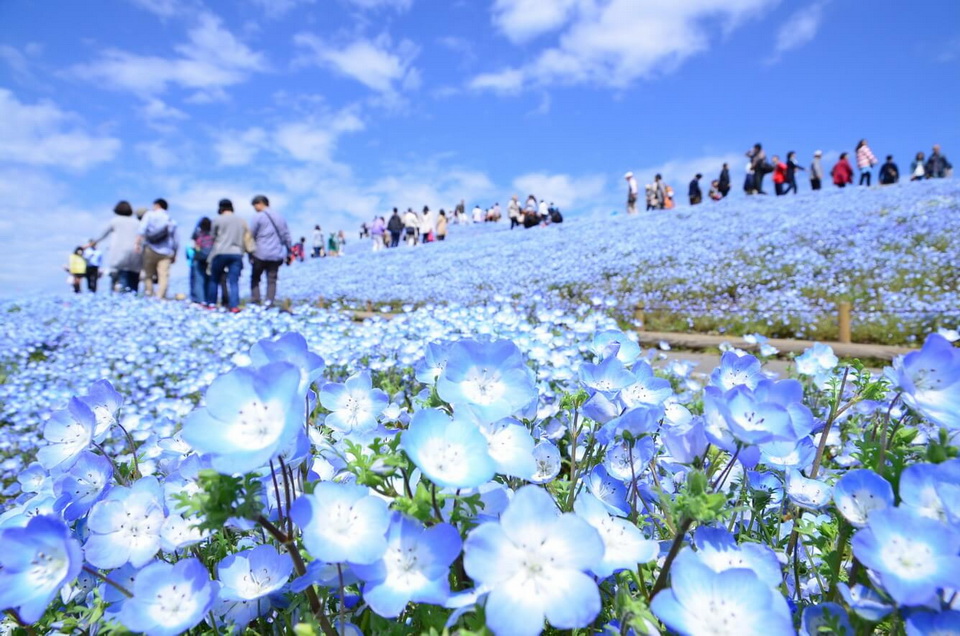
 (1).jpg)
